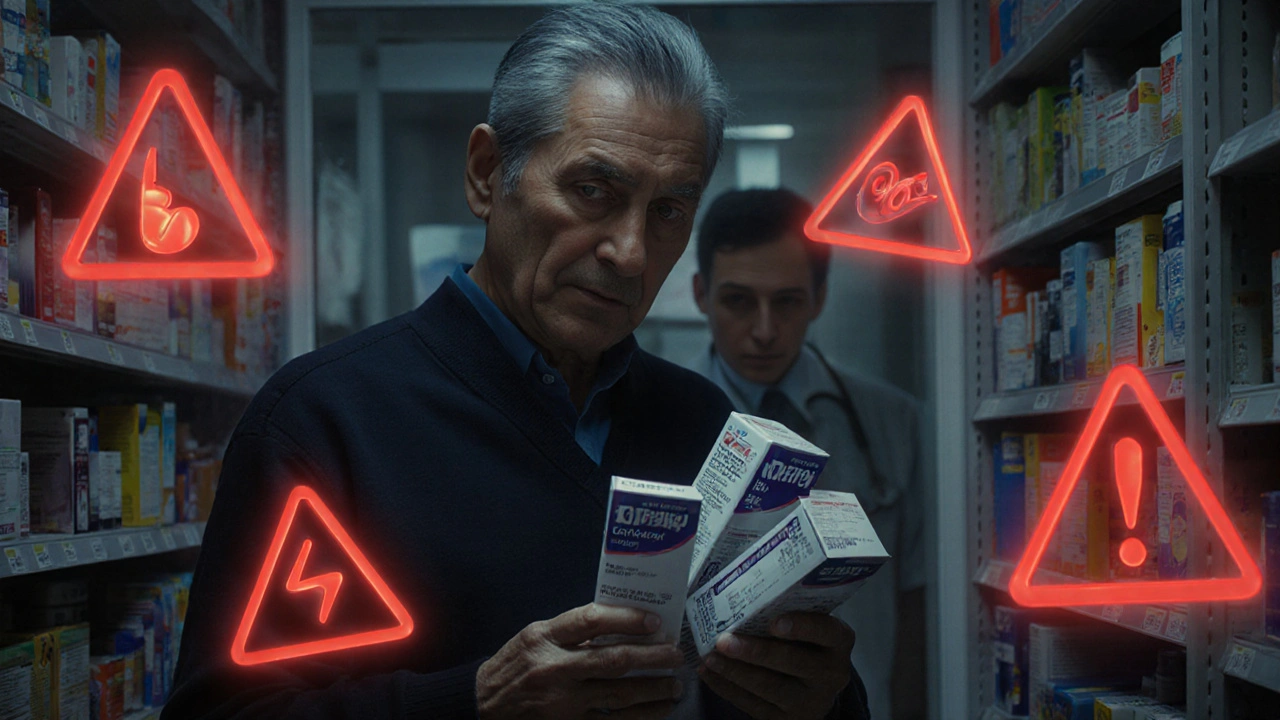OTC switches make medications more accessible, but they also increase risks like drug interactions and misdiagnosis. Learn how to use over-the-counter drugs safely and avoid common mistakes that can harm your health.
OTC Switches: When Prescription Drugs Become Over-the-Counter
When a drug moves from prescription-only to OTC switches, the process where a medication approved by the FDA becomes available without a prescription. Also known as drug reclassification, this shift happens because the drug has proven safe for self-use under clear labeling and instructions. It’s not just about convenience—it’s about giving people faster access to treatments they’ve already used safely under a doctor’s care.
OTC switches aren’t random. They follow strict FDA reviews that look at how often people misuse the drug, how clear the directions are, and whether side effects are mild and manageable without medical supervision. Common examples include famotidine, a heartburn medication once only available by prescription, and loratadine, the active ingredient in Claritin, which moved to OTC after years of safe use. These changes reflect real-world data: millions of people used these drugs correctly, even when prescribed, so the FDA decided the benefits outweighed the risks for self-administration.
But not every drug makes the cut. Some medications, like those with complex dosing, serious interaction risks, or narrow safety margins, stay prescription-only. That’s why you’ll still see drugs like azilsartan medoxomil, a blood pressure pill with tight monitoring needs, or lopinavir/ritonavir, an HIV combo with dangerous drug interactions, locked behind the prescription counter. The line between prescription and OTC isn’t about cost or popularity—it’s about safety, clarity, and proven user behavior.
For you, an OTC switch means less waiting, fewer doctor visits, and quicker relief—but it also means more responsibility. You’re now the one reading the label, checking for interactions, and knowing when to stop. That’s why the posts below cover everything from how to safely switch from a prescription to an OTC version, what to watch for in side effects, and how to avoid mistakes when using these drugs on your own. You’ll find guides on managing heartburn with OTC options, spotting red flags in allergy meds, and understanding why some drugs stay behind the counter. This isn’t just a list of pills—it’s a practical roadmap to using OTC drugs wisely.

